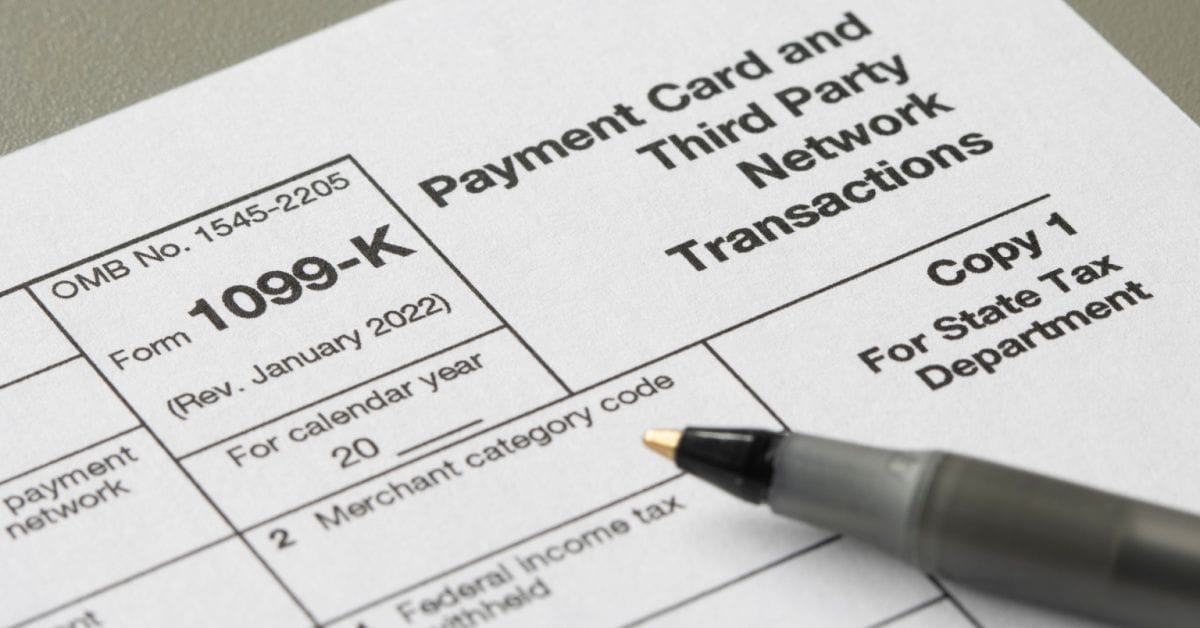UPS & FedEx Institute China To US Surcharges Ahead Of Tariff Deadline
FedEx and UPS are reinstating China to US surcharges as deadlines approach for tariff and de minimis changes.
In the past, many cross-border shippers leaned on the de minimis exemption, which enables shipments less than $800 to enter the U.S. duty free, to avoid tariffs - but that exemption will no longer apply to products from China and Hong Kong starting May 2, with other countries to follow once systems are in place to collect duty revenue.
Anticipating an increase in volume as shippers try to get ahead of the incoming tariff and de minimis changes, both UPS and FedEx have instituted additional surcharges for shipments originating in China and Hong Kong.
FedEx
FedEx implemented a $0.45 per pound demand surcharge for US parcel imports from Hong Kong, the Philippines and China from April 15 - May 2.

Starting May 2, 2025, FedEx shipments imported into the U.S. with a customs value of $800 or less will begin seeing a Disbursement Fee of $4.50 or 2% of duty and tax, whichever is greater, per the company’s service guide.
If a shipper uses a third-party billing service in which duties and taxes are paid outside of the destination country, they will be charged a Duty and Tax Forwarding Fee instead. Through the surcharge, sub-$800 shipments will be charged the greater amount of $8.50 or 2% of duty and tax.

UPS
UPS reinstated its surge fee of $0.29 per pound for US parcel imports from China, Hong Kong and Macau effective April 13 with no end date.
The company says the added surcharge will help them continue satisfying shippers’ needs “without compromising on the quality or timeliness of service expected from us.”

As Cathy Roberson of Rethinking Supply Chains points out, these types of surcharges are typically used to protect revenue per package, especially in the ecommerce sector where shipments from Temu and Shein have had a significant impact on volumes.
The surge fee is viewed as a way to mitigate the low-yields from Asia-based e-commerce marketplaces like Temu and Shein, which provide substantial volume for carriers but are typically less profitable to deliver than other shipments.
Indeed, UPS introduced this fee after it struggled in Q2 with new customers with higher volumes than anticipated.
“We actually accepted new customers into our network of with certain volume expectations that blew up on us. We are not chasing it. It is just their demand was much higher than we had anticipated,” UPS CEO Carol Tome told analysts last July.
UPS declined to name the new customers, but according to Reuters, its description of them as shippers with "explosive" volume matches the profiles of Shein and PDD Holdings Inc's Temu.
FedEx also has had their struggles with e-commerce volumes. Last November, at the Baird Global Industrial Conference, FedEx CFO John Dietrich was asked about the company’s volume growth outlook, especially with it focused on profitably growing its business.
“E-commerce is going to make up a large percentage, probably up to 90% of the volume growth that our ground network and our freight business will be the beneficiary of. So we can't ignore that the volume is going to be there, we just have to find the right cost structure to accommodate it.”
How are tariff and de minimis changes impacting your ecommerce business? Let us know in the comments below!





















